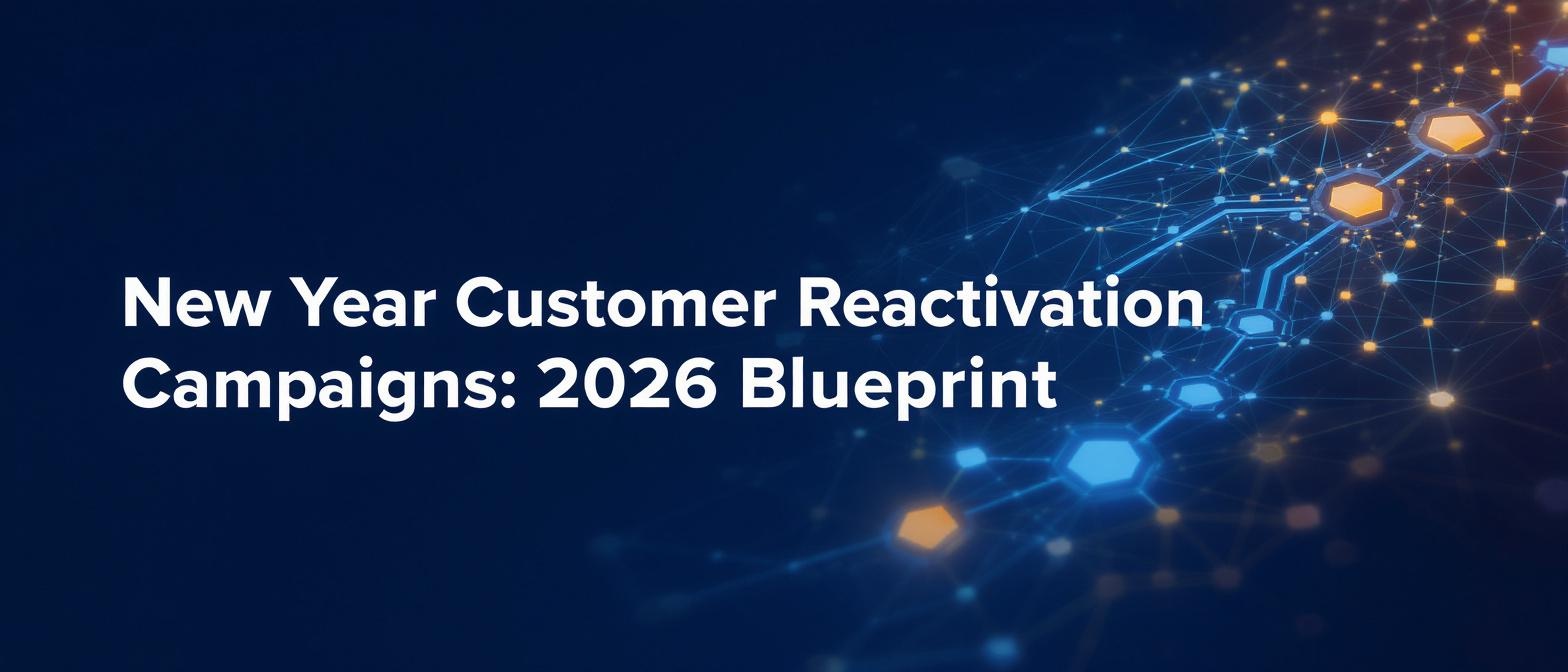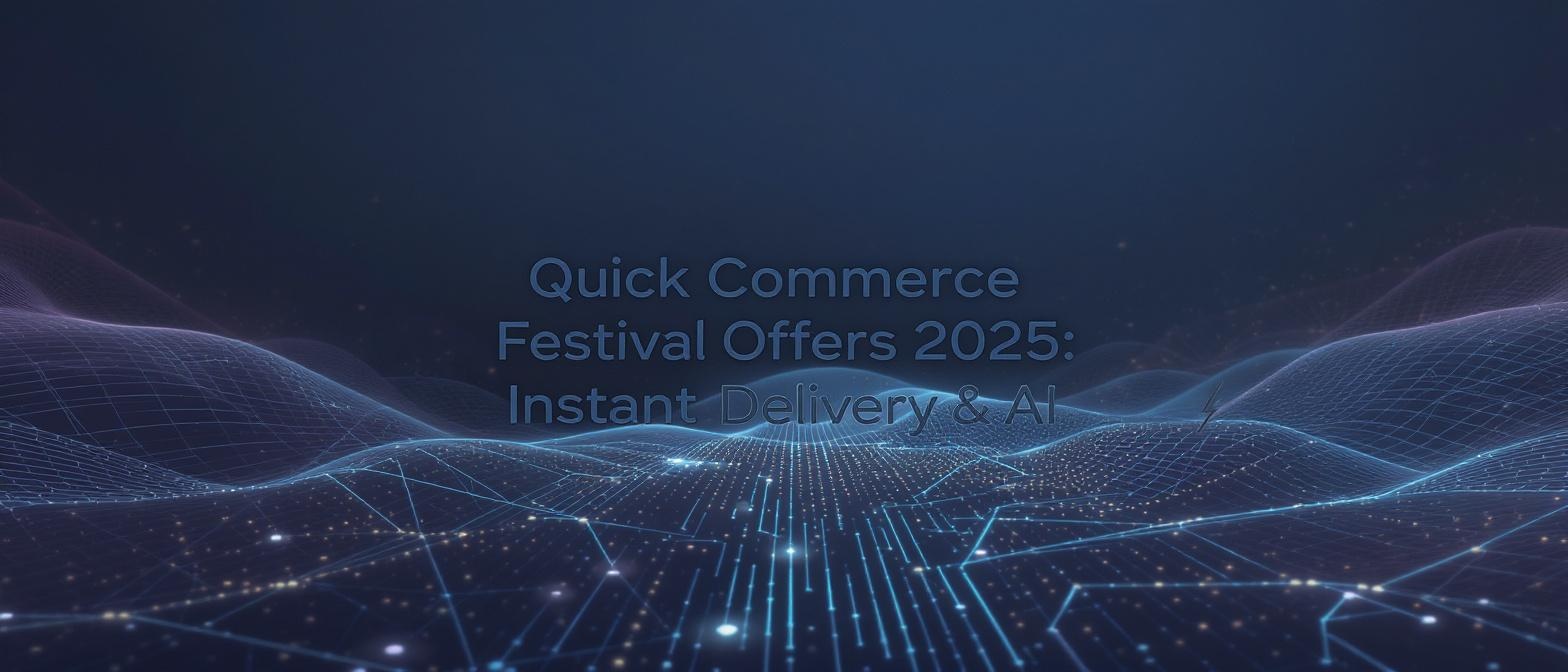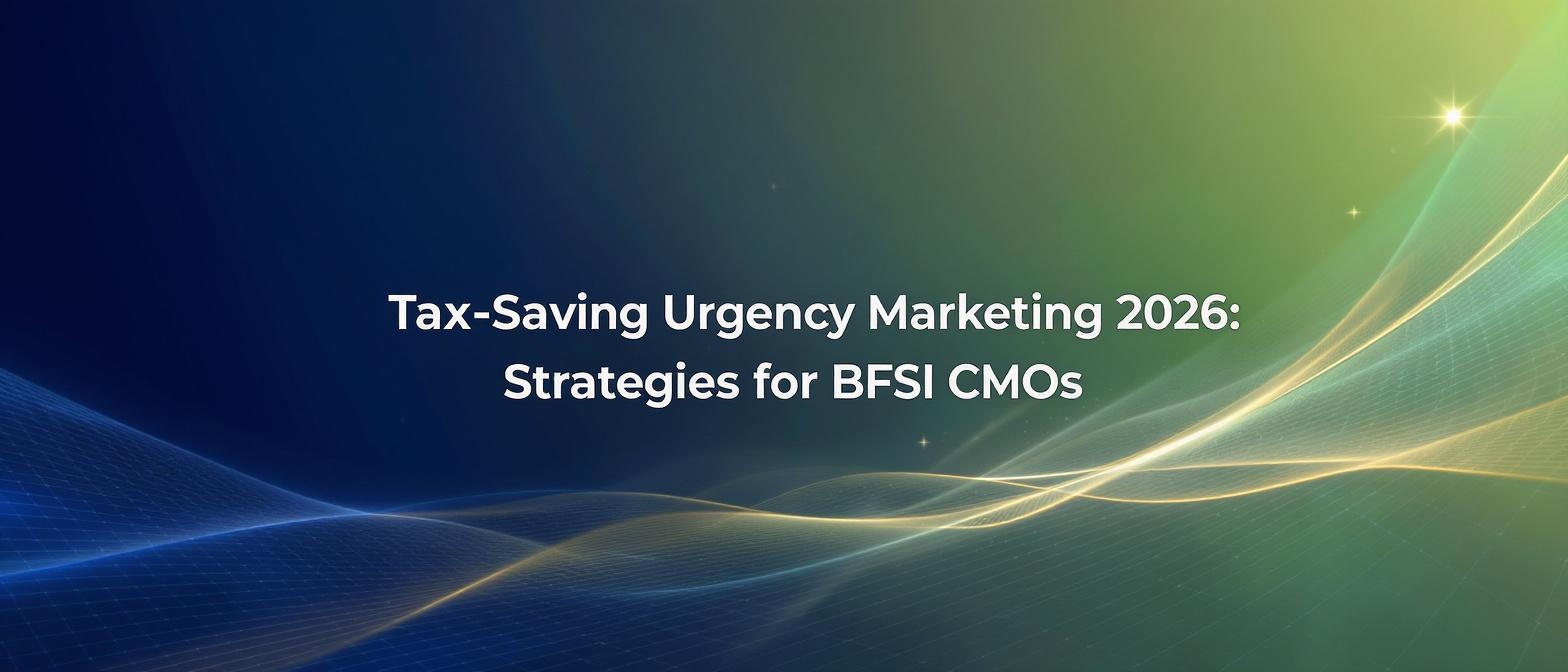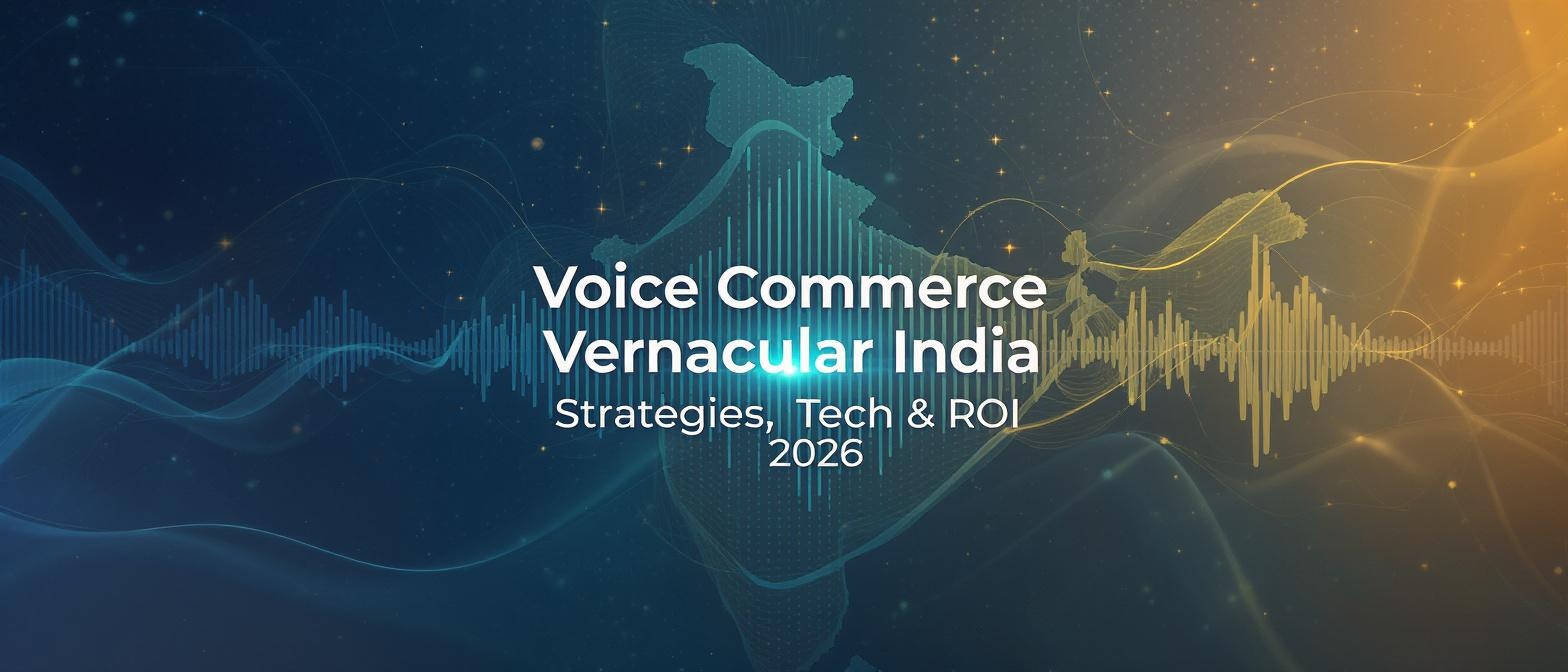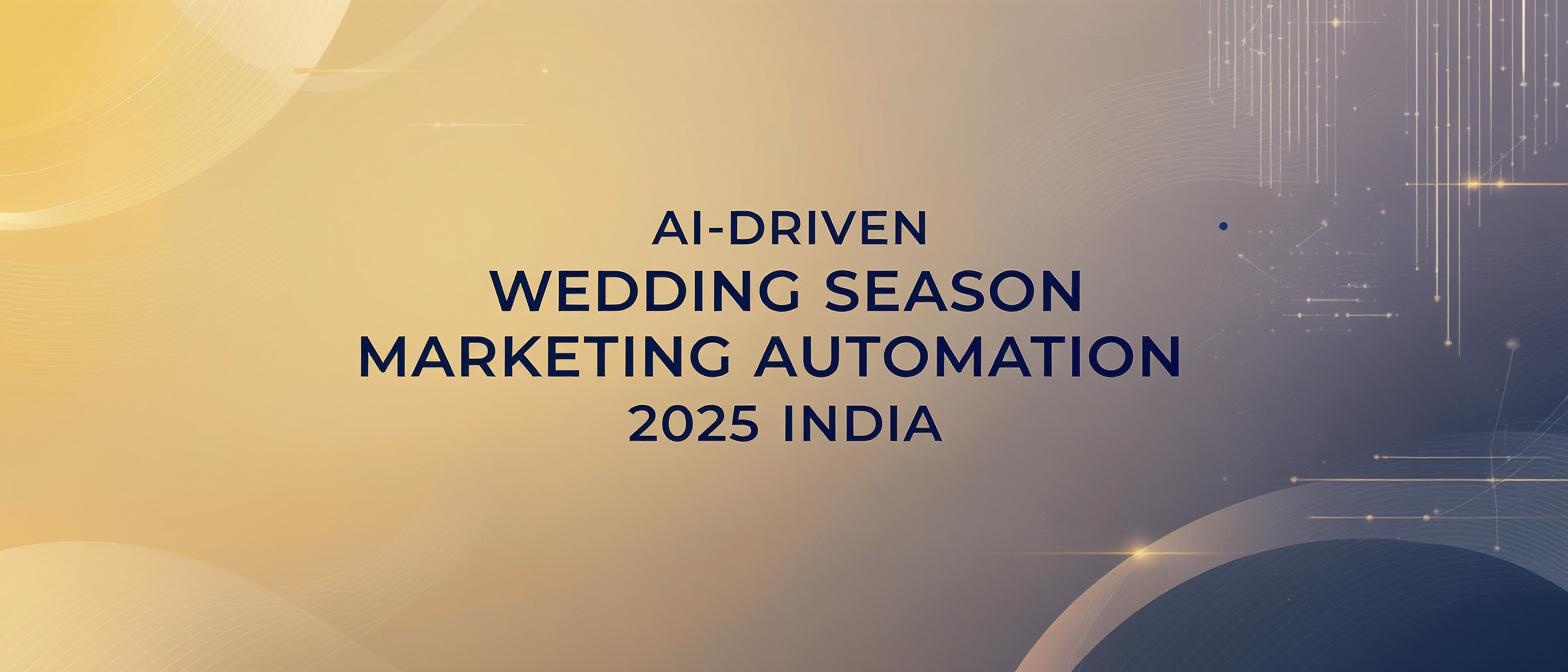Your 2026 Blueprint for New Year Customer Reactivation Campaigns That Actually Convert
Estimated reading time: 14 minutes
Key Takeaways
- Leverage the fresh-start mentality in early January to effectively re-engage dormant customers.
- Use hyper-personalized video strategies to make your offers more compelling and relevant.
- Automate outreach to scale personal touchpoints without overwhelming your marketing team.
- Include celebrity or ambassador messages to enhance emotional resonance and urgency.
- Track critical metrics like VTR, CTR, and reactivation rate to measure campaign ROI.
New Year customer reactivation campaigns are targeted initiatives launched in January to re-engage dormant customers by tapping into the season’s powerful fresh-start mentality. As the calendar turns, audiences are uniquely receptive to messages of renewal and goal-setting, creating a golden window for brands to win back valuable past purchasers. Research confirms that audiences are most receptive to this messaging in early January, a key insight for 2026 planning that emphasizes goal-oriented outreach.
While traditional email blasts offer a start, the enterprise-grade solutions of today leverage hyper-personalization to cut through the noise. Imagine creating millions of unique, celebrity-led videos in under 30 seconds, each tailored to an individual customer's history and aspirations. This isn't futuristic; it's the new standard for restarting the January customer journey. This guide provides a comprehensive blueprint for leveraging this powerful seasonal momentum.
Sources: octeth.com, ussweeps.com
Understanding Customer Reactivation in January 2026
Customer reactivation is the strategic process of restoring the purchasing relationship with past customers who have been inactive for a defined period, typically 3–6 months. It's about more than just a discount; it's about reminding them of the value you provide and why they chose you in the first place. This process is crucial for sustainable growth, as acquiring a new customer can be five times more expensive than retaining an existing one.
The New Year provides the ideal catalyst for these efforts. People are actively seeking change and improvement, driven by a renewal mindset and the momentum of their resolutions. This psychological shift makes them far more open to trying new offers and re-engaging with brands that align with their goals. It's the perfect time to introduce a January customer journey restart.
A January customer journey restart is a sequenced outreach strategy that begins on January 1st. It aligns marketing messages with customers’ New Year aspirations, transforming a simple "we miss you" into a supportive "let's achieve your 2026 goals together." Using channels like personalized dormant customer engagement videos, brands can create a powerful and relevant connection that feels less like a sales pitch and more like a timely partnership.
Source: octeth.com
New Year Motivation and Goal-Setting Marketing
January 2026 goal-setting marketing is a powerful strategy that frames your product or service as an essential tool for helping customers achieve their New Year's resolutions. Whether their goals are related to fitness, financial savings, skill development, or self-improvement, your brand can become a part of their success story. This approach shifts the focus from your product's features to the customer's personal ambitions.
Here are three effective tactics for your goal-oriented personalization campaigns:
- Resolution-Based Challenges: Invite dormant customers to a 30-day challenge that utilizes your product. A fitness app could launch a "New Year, New You" workout program, while a financial service could offer a "30-Day Savings Challenge," complete with tips and milestones delivered via personalized video.
- Personalized Progress-Tracker Videos: Remind customers of their past successes to motivate future engagement. A video could show individual milestones they previously reached, like "Last year you ran 50 miles with us, imagine what you can do in 2026!" This demonstrates a genuine understanding of their history with your brand.
- Interactive 'Choose Your Goal' Videos: Create dynamic video experiences where customers can click embedded CTAs to select their primary resolution for the year. This action then triggers a tailored series of content designed to help them achieve that specific goal, making the journey deeply personal and interactive.
A New Year motivation video series is the perfect vehicle for these tactics. Platforms like TrueFan AI enable the creation of these videos at scale, dynamically inserting the customer's name, past purchase data, and tailored goal-setting tips into each clip. A celebrity or brand ambassador can act as a motivational coach, creating an incredibly resonant and shareable experience.
Customer Win-Back Video Strategies That Deliver
A "customer win-back" strategy is a highly targeted outreach initiative aimed at customers who have shown zero activity in the prior 90 days or more. Because these customers are further down the path of churn, the approach must be compelling and value-packed. Video is the ideal medium to capture their attention and deliver a personalized, emotionally resonant message.
Here are five proven customer win-back video strategies for your resolution-based marketing videos:
- "Here’s What You’ve Been Missing" Highlight Reels: Create a dynamic, personalized video summarizing new features, popular products, or content they've missed since their last visit. This fosters a sense of FOMO and reminds them of your brand's evolving value.
- Exclusive Comeback Offers Delivered by a Celebrity: Leverage the star power of a celebrity or brand ambassador to deliver a special "welcome back" offer. A message like, "We've missed you, [Customer Name], so here's a 40% discount just for you," feels exclusive and highly persuasive.
- Reminders of Past Purchases: Use dynamic visuals to feature images or clips of items the customer previously bought and loved. This triggers positive memories and reminds them of the satisfaction they experienced with your products.
- Countdown to Limited-Time New Year Deals: Build urgency with a video that features a ticking clock or a countdown timer for an exclusive New Year reactivation offer. This encourages immediate action rather than procrastination.
- Social Proof Snippets: Integrate short clips or animated text showcasing how many other customers have returned. A message like, "See why 10,000 customers renewed their relationship with us this January!" builds trust and validates their decision to return.
Research from Shopify emphasizes that successful win-back campaigns rely on a series of personalized messages. This is where customer reactivation automation becomes essential. Advanced platforms can insert user data like their name, city, and last-purchased product directly into video templates. Furthermore, AI-powered virtual reshoots allow marketers to A/B test different offers or messages without needing to schedule new filming sessions, making campaigns more agile and effective.
Source: shopify.com
Automation in Customer Reactivation: Scaling Personal Touchpoints
New Year resolution marketing automation refers to pre-built, intelligent workflows that trigger personalized outreach based on customer inactivity or specific calendar dates. For instance, a workflow could be designed to automatically engage any customer who hasn't made a purchase by December 31st, kicking off a perfectly timed reactivation sequence in the New Year. This automation is the key to scaling highly personalized campaigns without overwhelming your marketing team.
A typical automated reactivation workflow for January could look like this:
- January 2nd: An automated "We Miss You" personalized video is sent via email. The video, featuring a brand ambassador, addresses the customer by name and highlights a New Year offer tied to their past purchase category.
- January 5th: If the email isn't opened or clicked, an SMS push notification is triggered. This message includes an embedded video thumbnail and a compelling call-to-action, linking directly to a second, slightly different video offer.
- January 10th: For high-value dormant customers, a WhatsApp message is sent. This could feature a short, vertical video from a celebrity inviting them to explore a new product line or take advantage of a limited-time "welcome back" bundle.
- Follow-Up Nurture Drip: If the customer remains inactive, they are placed into a low-frequency nurture drip, receiving periodic value-add content (not just offers) over the next few months to keep the brand top-of-mind.
This multi-channel approach meets customers where they are most active. Industry data confirms its effectiveness; AI-powered workflows can reactivate up to 20% of dormant users through personalized email campaigns alone. The power of this automation is magnified when integrated with cutting-edge technology. Modern API-driven platforms can generate a fully personalized video in under 30 seconds and seamlessly integrate with enterprise CRMs, email marketing tools, WhatsApp Business, and push notification systems, making the entire process efficient and scalable.
Source: superagi.com
The Strategic Use of Dormant Customer Engagement Videos
Dormant customer engagement videos are custom-created video messages designed with the single purpose of re-engaging customers who have been inactive for the past 3-6 months. Unlike generic ads, these videos are deeply personal and reference the unique relationship the customer has with your brand. They are a powerful tool in New Year customer reactivation campaigns because they make the customer feel seen and valued, not just targeted.
Here are four high-impact use cases for these videos in your goal-oriented personalization campaigns:
- "We Miss You" Messages Referencing Last Purchase Date: A simple but effective video that says, "Hi [Customer Name], we've missed you! It's been a while since your last order on [Date]." This small detail shows you're paying attention and makes the subsequent offer feel more genuine.
- Product Recommendation Demos Based on Browsing History: If a customer browsed a specific product category before going dormant, send them a short video demonstrating a new item in that category. For example, "Saw you were looking at our hiking boots. Check out the new all-weather model that just arrived for your 2026 adventures!"
- Loyalty Anniversary Celebrations: Turn their dormancy into a positive milestone. A video celebrating the anniversary of their first-ever purchase can be a delightful surprise. "Can you believe it's been one year since you joined us, [Customer Name]? To celebrate, here's a gift for you."
- Localized New Year Greetings: Go beyond a generic "Happy New Year." With the right technology, you can deliver greetings for regional festivals or in the customer's native language. TrueFan AI's 175+ language support and Personalised Celebrity Videos allow brands to create messages with perfect lip-sync and voice, preserving celebrity authenticity across Hindi, Tamil, Bengali, and more.
A real-world example of this strategy's power comes from Hero MotoCorp. For a festive New Year campaign, they sent 2.4 million personalized video greetings to their customers via SMS and email. This massive, hyper-personalized outreach drove record-breaking visits to their service camps, proving that dormant customer engagement videos can effectively translate into real-world action.
Measuring ROI and Key Metrics for Reactivation Success
Launching innovative, resolution-based marketing videos is only half the battle; measuring their impact is critical to proving ROI and optimizing future campaigns. Vague metrics aren't enough. To truly understand the effectiveness of your New Year customer reactivation campaigns, you need to track specific, video-centric performance indicators.
Here are the essential metrics to define and monitor:
- View-Through Rate (VTR): The percentage of recipients who watch a significant portion of your video, typically defined as 75% or more. A high VTR indicates that your content is engaging and your personalization is hitting the mark.
- Click-Through Rate (CTR): The percentage of viewers who click on an embedded call-to-action (CTA) within the video, such as a "Shop Now" button or a link to a personalized landing page. CTR is a direct measure of how well your video drives action.
- Conversion Lift: This metric compares the percentage of re-activated customers who made a purchase after seeing the video campaign versus a control group that did not. This is the gold standard for proving that your video strategy, and not other factors, drove the increase in sales.
- Reactivation Rate: The percentage of the total dormant customer segment that made a transaction after the campaign was launched. It provides a clear picture of the campaign's overall success in winning back lost business.
Case studies provide concrete proof of video's impact. For instance, the travel company Goibibo discovered that sending a personalized WhatsApp video from celebrity Rishabh Pant boosted message read rates by 17% compared to a standard text message. This lift at the top of the funnel directly contributed to higher engagement and conversions.
Solutions like TrueFan AI demonstrate ROI through advanced analytics dashboards. These tools allow marketers to segment campaign results by personalization variables (e.g., did mentioning the customer's name in the first 3 seconds perform better?), A/B test different messaging variants in real-time, and receive AI-driven recommendations for optimizing future customer reactivation automation workflows.
Case Studies: Real-Life Examples of Reactivation at Scale
Theoretical strategies are useful, but real-world case studies demonstrate the tangible impact of hyper-personalized video in New Year customer reactivation campaigns. These examples showcase how leading brands are leveraging this technology to achieve unprecedented engagement and win back customers.
1. Zomato's Mother's Day Campaign (A Blueprint for New Year Gifting)
- Challenge: Zomato wanted to create a deeply emotional connection with users on Mother's Day and drive orders.
- Solution: They partnered with TrueFan AI to generate 354,000 unique videos in a single day. Each video featured a Bollywood celebrity like Vidya Balan personally wishing the user's mother by name. The personalized video was delivered as a gift after a user placed an order.
- Result: The campaign went viral on social media, creating immense brand love and a significant spike in order volume. This model is perfectly adaptable for New Year's, where users could send personalized celebrity "good luck for your 2026 resolutions" videos to friends and family.
2. Goibibo's Personalized Travel Nudges (Ideal for Travel Resolutions)
- Challenge: Re-engage users who searched for travel destinations but abandoned their booking.
- Solution: Goibibo sent personalized WhatsApp videos featuring cricketer Rishabh Pant. The videos mentioned the user's name and the specific destination they had searched for (e.g., "Hey Priya, still thinking about that trip to Goa?").
- Result: The campaign significantly increased conversions compared to standard text-based reminders. This is a powerful tactic for New Year campaigns targeting customers with travel-related resolutions, turning their dormant search history into a timely, personalized prompt.
3. Hero MotoCorp's Festive Greetings (A Model for New Year Outreach)
- Challenge: Engage a massive customer base of 2.4 million people with a personal touch during the festive season.
- Solution: They deployed 2.4 million personalized videos featuring two different celebrities. Each video addressed the customer by name, mentioned their local dealership, and invited them to a service camp.
- Result: The campaign drove exceptionally high offline engagement, with tens of thousands of customers visiting dealerships. This proves that dormant customer engagement videos can bridge the digital-to-physical gap, a key goal for many brands.
4. Cipla's Doctor's Day Campaign (A B2B Reactivation Blueprint)
- Challenge: Strengthen relationships with 6,400 high-value B2B partners (doctors) in a memorable way.
- Solution: Cipla sent personalized thank-you videos from a celebrity to each doctor, addressing them by name and city.
- Result: The response was overwhelmingly positive, strengthening professional relationships far more effectively than a standard gift. This case study provides a clear blueprint for using customer win-back video strategies to reactivate dormant B2B accounts in the New Year.
2026 Trends and the Future of Customer Reactivation
As we look toward 2026, the strategies for customer reactivation are becoming more sophisticated, data-driven, and deeply human. Staying ahead of these trends is essential for any brand looking to capitalize on the New Year's opportunity. The core themes revolve around deeper personalization, interactive experiences, and ethical technology.
Here are the key trends shaping the future of January 2026 goal-setting marketing:
- Hyper-Personalization and Video-First Outreach: According to HubSpot's 2025 marketing report, short-form video delivers the highest ROI of any content format. By 2026, video-first will no longer be a trend but the default for high-impact communication. Hyper-personalization will move beyond just using a name to incorporating behavioral data, purchase history, and stated goals into the video's narrative.
- AI-Driven "Choose-Your-Own-Journey" Experiences: The future of video is interactive. Imagine sending a dormant customer a video where they can click to choose their primary goal for 2026. This click would branch them into a unique video content path tailored specifically to that ambition, creating a truly user-directed and engaging reactivation experience.
- Ethical Deepfake Compliance and Consent: As generative AI becomes more powerful, so do the ethical responsibilities. Leading platforms will differentiate themselves through a consent-first model, ensuring every celebrity likeness is used under formal contract. In-platform moderation to automatically block sensitive or harmful content, alongside robust security certifications like ISO 27001 and SOC 2, will become non-negotiable for enterprise brands.
- The Rise of Dynamic On-Site Personalization: The next frontier is real-time, in-person personalization. This could manifest as digital billboards in retail stores greeting loyalty members by name as they walk in or interactive kiosks that provide personalized recommendations via a video avatar. These "phygital" experiences will seamlessly blend the digital and physical customer journeys.
These future directions underscore a move toward more meaningful, two-way conversations with customers. The brands that succeed in 2026 will be those that leverage technology not just to automate, but to create genuinely helpful and personalized goal-oriented personalization campaigns.
Sources: hubspot.com, gartner.com
Conclusion: Win Back Customers and Win the New Year
The turn of the calendar is more than just a date; it's a powerful psychological moment. New Year customer reactivation campaigns are your single greatest opportunity to harness this renewal mindset, re-engage valuable customers, and set the tone for a successful 2026. By moving beyond generic discounts and embracing deeply personalized, video-first strategies, you can transform a simple outreach into a meaningful partnership.
Pairing customer reactivation automation with authentic, resolution-based marketing videos creates a scalable system for delivering one-to-one conversations that resonate. This approach doesn't just win back a transaction; it rebuilds relationships, fosters loyalty, and yields a measurable, significant ROI. As you plan for 2026, make this strategy a cornerstone of your Q1 growth engine.
Ready to launch scalable, personalized New Year campaigns that captivate and convert? Leverage TrueFan AI’s enterprise APIs and celebrity-led generative video platform to turn your dormant customers into your most enthusiastic advocates for the year ahead.
Frequently Asked Questions
1. What is the ideal time in January to launch a customer reactivation campaign?
The first two weeks of January are typically the most effective. This is when resolution motivation is at its peak and audiences are most receptive to "fresh start" messaging. Scheduling your first touchpoint between January 2nd and January 7th is a common best practice.
2. How do you define a "dormant customer"?
A dormant customer is generally defined as someone who has not made a purchase or engaged with your brand in a specific timeframe. For e-commerce, this is often 3-6 months (90-180 days). For subscription services, it could be the first billing cycle after a cancellation. It's crucial to define this segment clearly in your CRM.
3. Which channels are most effective for reactivation videos?
A multi-channel approach is best. Email is excellent for the initial outreach, as it allows for more detailed messaging. SMS and WhatsApp are highly effective for follow-ups, as they have higher open rates and create a sense of urgency. Embedding videos on personalized landing pages is also a powerful tactic.
4. Can personalized videos be used for B2B reactivation?
Absolutely. As shown in the Cipla case study, personalized videos are extremely effective for B2B relationship management. Platforms like TrueFan AI can facilitate this for B2B at scale. A video from a CEO or a respected industry figure thanking a past client by name, referencing their company, and offering a new partnership opportunity for the year ahead can be far more impactful than a standard email.
5. What kind of offers work best for New Year win-back campaigns?
Offers should feel exclusive and relevant to the New Year theme. Consider offering more than just a percentage discount. Value-added offers like "a free gift to help you with your fitness goal," "an extended 3-month trial to start the year strong," or "free access to our premium planning tools" can be more compelling and reinforce your brand's value.
6. How long should a customer reactivation video be?
Brevity is key. For channels like SMS and WhatsApp, aim for 15-30 seconds. For email, you can go slightly longer, up to 60-90 seconds, but the core message and call-to-action should be delivered within the first 15 seconds to capture attention immediately.

